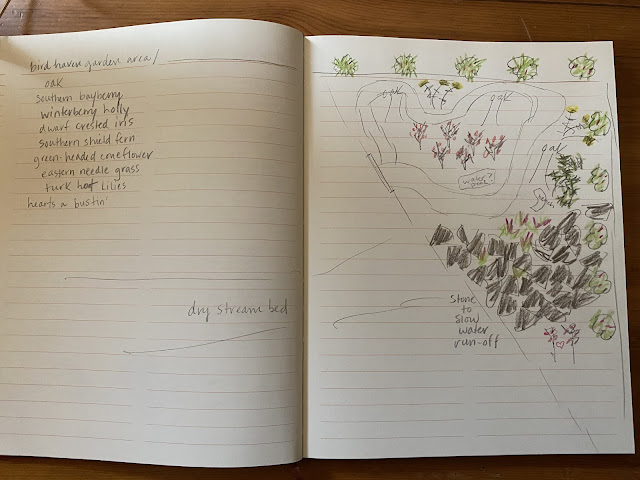I admit that I selected this plant totally for its name. I don’t know why but it seems mysterious and a bit exotic for a native plant!
It’s very delicate and pretty and I had a spot in the bluebird bed that needed something special, so this is where I planted it this morning.
I also took the chance to clear the bluebird boxes out.
More on the mountain Indian-physic here, from NC State’s plant site:
Gillenia trifoliata
Previously known as:
- Porteranthus trifoliatus
- Phonetic Spelling
- gil-le-nee-ah try-foh-lee-AY-tuh
- Description
Bowman’s root or Indian physic, is a perennial flowering plant in the Rosaceae or rose family. It is native to the eastern United States and Canada and spans from southern Ontario to Georgia. Bowman’s root can also be found west to Kentucky, Arkansas, and Louisiana. Its native habitat is in the woody mountainous regions where it enjoys partial sun, dry to moist conditions, and rocky soil.
This deciduous herbaceous plant that blooms with five-petaled white flowers on wiry red stems from late spring to early summer. The airy look of the flowers is effective in mass plantings or borders. The serrated green leaves turn red in fall. This plant may benefit from support.









